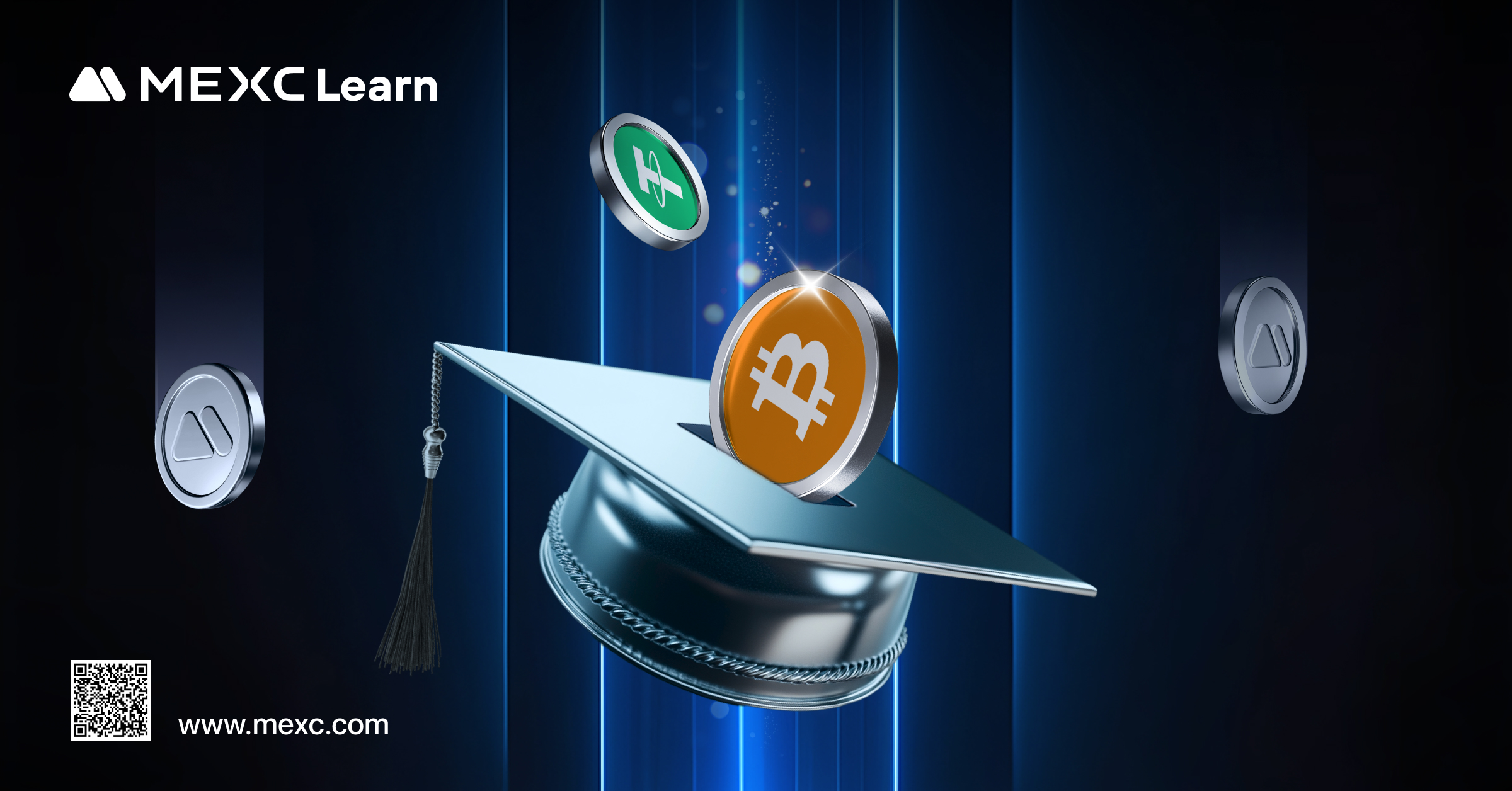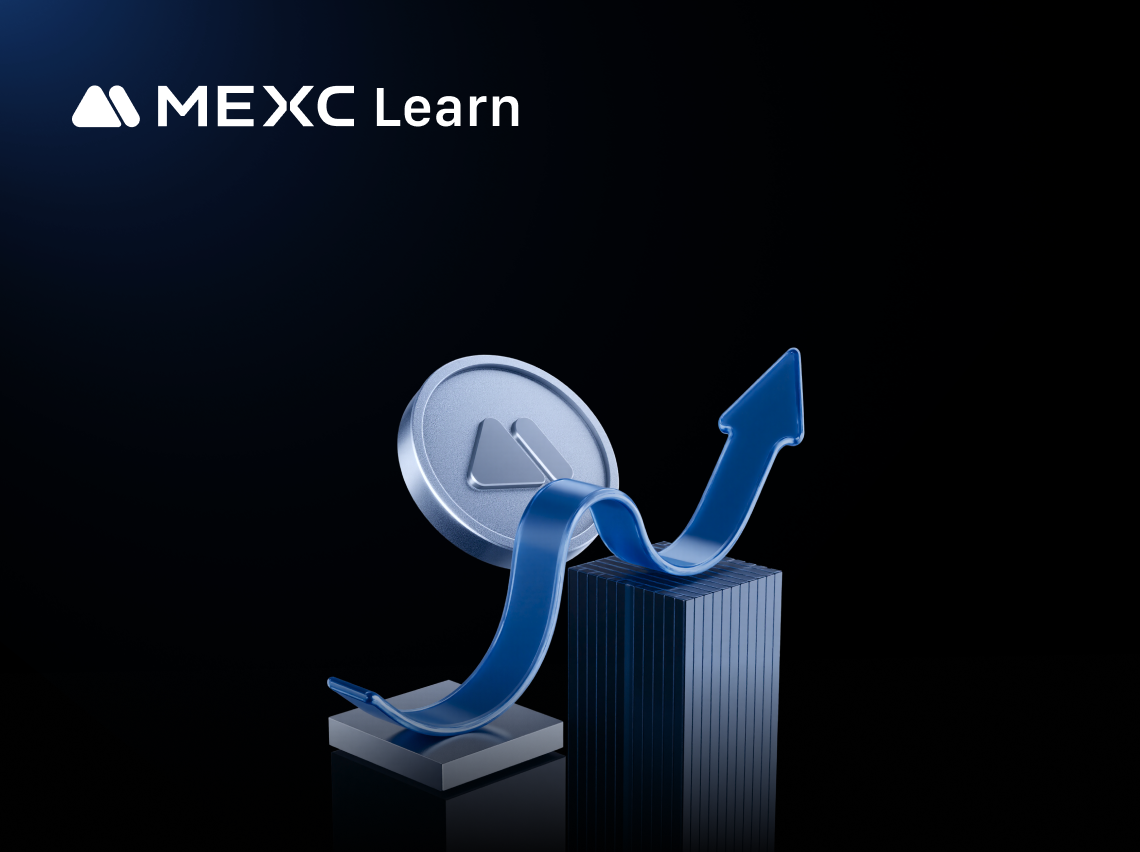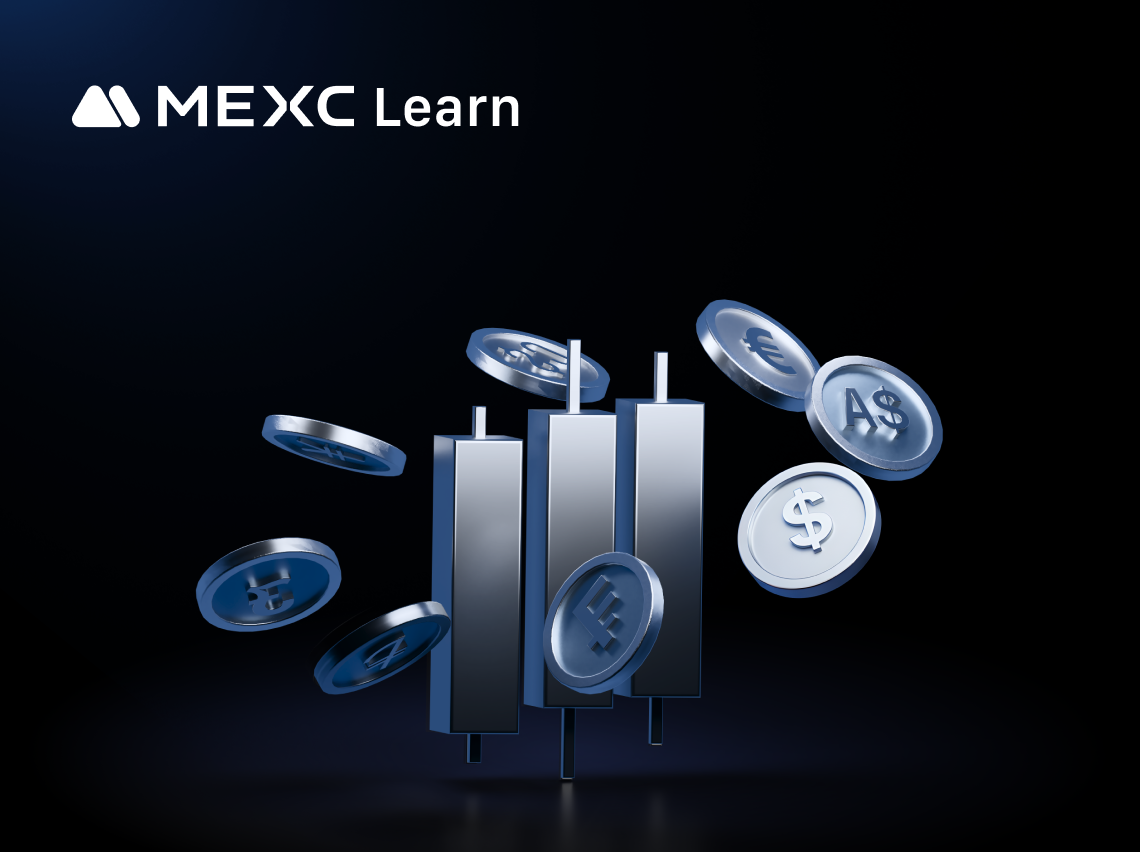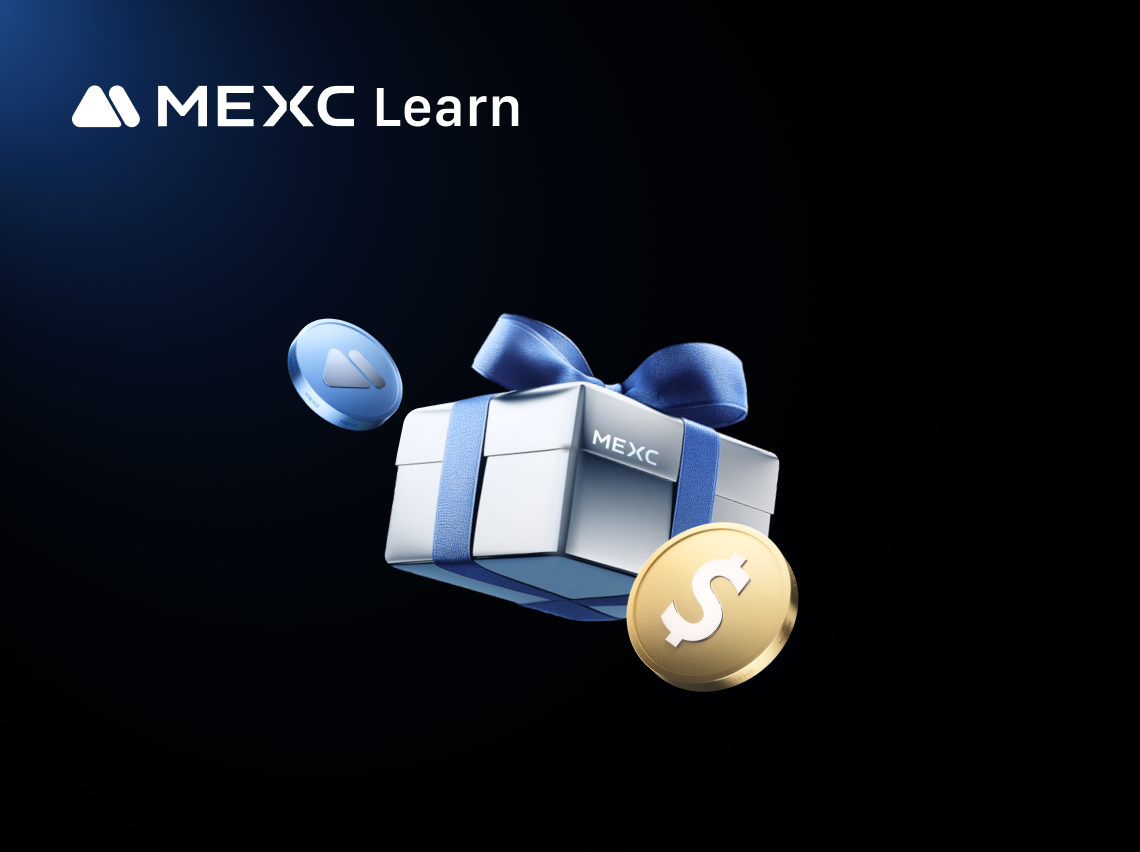As artificial intelligence continues reshaping the creative landscape, a groundbreaking blockchain protocol has emerged to address one of the digital era's most pressing challenges: intellectual property ownership and monetization. Story Protocol, which officially launched its mainnet in February 2025, is revolutionizing how creators, developers, and businesses manage IP rights in an increasingly complex digital ecosystem.
The protocol has already gained significant institutional backing, with Grayscale launching a dedicated trust fund on July 31, 2025, targeting the massive $80 trillion global IP market. According to network statistics, Story has processed over 1.85 million intellectual property transfers for more than 200,000 monthly active users, signaling unprecedented early adoption in the blockchain IP space.
The global intellectual property market represents one of the world's largest asset classes, valued at approximately $80 trillion. Yet despite its enormous value, IP management remains plagued by inefficiencies, disputes, and monetization challenges that have only intensified with the rise of digital content and AI.
The explosion of AI-generated content has fundamentally altered the IP landscape. As Story Protocol's foundation notes, "AI's next leap depends on unlocking the $80 Trillion IP asset class," making it "purpose-built to solve AI's biggest bottleneck: access to rights-cleared, specialized, real-world data."
Traditional copyright frameworks, designed primarily for static works, struggle to address:
Rapid content generation at unprecedented scale
Complex derivative works and remixes
Attribution challenges in AI training data
Cross-border licensing complications
Automated content creation and distribution
Despite creating content consumed by millions, creators often receive minimal compensation due to complex structural inefficiencies that have persisted throughout the digital transformation. The traditional intermediary model extracts significant value through multiple layers of distributors, platforms, and rights management organizations, each taking substantial percentages before creators receive payment. These intermediary structures can reduce creator compensation by 70-90% of total revenue generated, leaving artists with minimal returns despite their central role in value creation.
The difficulty of tracking usage across platforms and jurisdictions compounds compensation challenges, as creators often lack visibility into how their work is being used worldwide. Digital content can be distributed across hundreds of platforms simultaneously, each with different reporting standards, payment schedules, and territorial restrictions. This fragmentation makes it nearly impossible for individual creators to monitor usage effectively or ensure they receive appropriate compensation for all applications of their work.
High legal costs for IP enforcement create additional barriers to fair compensation, particularly for individual creators and small creative businesses. Traditional IP enforcement often requires expensive litigation, with legal fees frequently exceeding potential damages, making enforcement economically unfeasible for many creators. This creates a practical immunity for infringers and reduces the effective value of IP rights for creators who cannot afford to defend them.
The lack of transparency in licensing agreements further exacerbates compensation issues, as creators often sign contracts without fully understanding the long-term implications of their licensing terms. Complex legal language, hidden fees, and unclear revenue sharing structures make it difficult for creators to negotiate fair deals or understand their ongoing rights and obligations.
Limited ability to monetize derivative works represents another significant challenge in the current system. When creators' work inspires new creations, remixes, or adaptations, the original creators rarely receive compensation despite their foundational contribution. This limitation becomes particularly problematic in digital environments where content naturally builds upon previous works, creating value chains that often exclude original creators from ongoing revenue streams.
Current intellectual property systems suffer from severe fragmentation that creates inefficiencies, increases costs, and limits creators' ability to effectively manage and monetize their work across global markets. This fragmentation occurs across multiple dimensions, each contributing to the overall dysfunction of traditional IP management.
Jurisdictional Fragmentation Across Legal Systems
Intellectual property laws vary significantly across different legal jurisdictions, creating a complex patchwork of requirements, protections, and enforcement mechanisms. What constitutes fair use in the United States may not align with fair dealing provisions in the United Kingdom or Canada, while European moral rights protections have no equivalent in many other jurisdictions. Creators must navigate these different legal frameworks when distributing work internationally, often requiring separate legal counsel in each major market and creating substantial compliance costs that can exceed the revenue potential of many creative works.
The problem becomes particularly acute for digital content that can be accessed from anywhere in the world simultaneously. A single piece of content may need to comply with dozens of different legal frameworks, each with unique registration requirements, duration terms, and enforcement mechanisms. This jurisdictional complexity often forces creators to either limit their distribution to familiar markets or accept significant legal risks when expanding internationally.
Industry-Specific Standards and Practices
Different creative industries have developed their own standards, practices, and business models over decades, creating incompatible approaches to IP management. The music industry's performance rights organizations operate differently from film industry guilds, which have entirely different structures from software licensing organizations. These industry-specific approaches make it difficult for creators who work across multiple media types or for technology platforms that serve diverse creative communities.
Each industry has developed its own technical standards for metadata, rights information, and royalty calculations, making it nearly impossible to create unified systems that work across creative sectors. A musician who also creates visual art and writes books must navigate three different sets of industry practices, organizations, and technical requirements, multiplying complexity and administrative overhead.
Platform and Technology Incompatibility
The proliferation of digital platforms has created another layer of fragmentation, with each major platform developing proprietary systems for content management, rights tracking, and creator compensation. YouTube's Content ID system works differently from Spotify's rights management, which operates on entirely different principles from Instagram's creator tools or TikTok's licensing arrangements.
This platform fragmentation forces creators to manage their intellectual property across dozens of different systems, each with unique interfaces, requirements, and limitations. Creators often cannot effectively track how their work performs across platforms or ensure consistent licensing terms and compensation structures. The lack of interoperability between platforms makes it difficult to develop comprehensive IP strategies that work effectively across the entire digital ecosystem.
Manual Process Limitations in Scale
Traditional IP management relies heavily on manual processes that simply cannot scale with the volume and velocity of digital content creation. Copyright registration, licensing negotiations, rights tracking, and royalty distribution all depend on human intermediaries and paper-based systems that create bottlenecks and introduce errors. These manual processes worked reasonably well when content creation was limited to professional producers, but they completely break down in an environment where millions of people create and share content daily.
The administrative overhead of traditional IP management often exceeds the economic value of individual creative works, making it economically unfeasible to properly manage rights for most digital content. This creates a vast pool of effectively unmanaged intellectual property that cannot be efficiently licensed, monetized, or protected, representing enormous lost value for creators and missed opportunities for legitimate users who would pay for proper licensing.
Story Protocol addresses these systemic issues by creating the world's first blockchain infrastructure specifically designed for intellectual property management. Founded in 2022 by Seung Yoon Lee, Jason Zhao, and Jason Levy, the protocol has rapidly evolved from concept to market leader.
The protocol's funding trajectory represents one of the most successful capital raises in the blockchain IP space, demonstrating exceptional market confidence from tier-1 investors. This institutional backing validates both the technical vision and massive market opportunity that Story Protocol addresses.
Seed Round Success (May 2023)
The $29.3 million seed round led by a16z Crypto marked a pivotal moment for programmable IP technology. The round included participation from renowned venture capital firms such as Samsung Next, Hashed, and WeMade, signaling broad industry recognition of Story Protocol's potential. This seed funding was particularly notable for its size in the Web3 space, where typical seed rounds range between $5-15 million. The substantial amount reflected investor confidence in the team's ability to tackle the complex challenges of blockchain-based IP management.
Series A Expansion (September 2023)
Just four months after the seed round, Story Protocol secured an additional $25 million in Series A funding, bringing total early-stage investment to over $54 million. This rapid follow-on investment demonstrated accelerated progress in both product development and market validation. The Series A round enabled the team to expand their technical infrastructure, hire key personnel, and begin building strategic partnerships with major entertainment and technology companies.
Series B Breakthrough (August 2024)
The $80 million Series B round represented a significant milestone, positioning Story Protocol among the most well-funded blockchain infrastructure projects. Led by a16z Crypto's continued investment, the round included new strategic investors from traditional entertainment, gaming, and AI industries. This funding level places Story Protocol in an elite category of Web3 projects with the resources necessary to achieve mainstream adoption and compete with traditional IP management solutions.
Investor Profile Analysis
The quality of Story Protocol's investor base demonstrates sophisticated understanding of both blockchain technology and intellectual property markets. a16z Crypto's leadership across multiple rounds indicates strong conviction in the project's long-term potential. The inclusion of corporate strategic investors from Samsung, gaming companies, and entertainment conglomerates suggests real-world demand for programmable IP solutions across multiple industries.
Capital Deployment Strategy
With $134.3 million in total funding, Story Protocol has allocated capital across key strategic priorities: technical development and security audits represent approximately 40% of funding, ensuring robust and scalable blockchain infrastructure; business development and partnerships account for 25%, focusing on strategic integrations with major platforms; marketing and ecosystem growth receive 20% allocation for user acquisition and developer incentives; and operational scaling and team expansion utilize the remaining 15%.
Mainnet Launch and Market Response
Story Protocol's mainnet launch on February 13, 2025, represented the culmination of nearly three years of development and testing. The transition from testnet to production was executed flawlessly, with zero downtime and immediate accessibility for users and developers. The launch was accompanied by significant market attention, with the IP token experiencing a 40% price increase in the 48 hours following mainnet activation.
Post-Launch Adoption Metrics
The protocol's post-mainnet performance has exceeded initial projections. Within the first six months of operation, Story Protocol processed over 1.85 million intellectual property transfers, demonstrating real utility and user demand. The platform's monthly active user count of 200,000+ represents exceptional adoption for a newly launched blockchain protocol, particularly in the specialized IP management sector.
Competitive Funding Landscape
Story Protocol's $134.3 million funding total positions it as the most well-capitalized blockchain IP protocol, providing significant competitive advantages in a rapidly evolving market. Compared to traditional IP management companies, Story Protocol's funding rivals established players while maintaining the agility and innovation potential of a blockchain-native solution.
Story Protocol introduces "programmable IP" - a paradigm shift that embeds licensing terms, royalty structures, and usage rules directly into smart contracts. This eliminates the need for manual legal processes and enables automated, transparent IP management at global scale.
Key architectural components include:
IP Assets as NFTs: Every piece of intellectual property becomes a blockchain-native asset with embedded metadata and programmability.
ERC-6551 Token-Bound Accounts: Each IP asset has its own smart wallet capable of holding tokens, executing transactions, and managing licensing relationships.
Programmable IP License (PIL): Legal framework ensuring on-chain transactions are enforceable in traditional legal systems.
Story Modules: Customizable smart contracts that define specific licensing terms and monetization rules.
When creators register IP on Story Protocol:
Asset Verification: Original content is verified and timestamped on-chain
NFT Minting: IP becomes an NFT with unique identifier and metadata
Smart Wallet Creation: ERC-6551 creates a programmable account linked to the NFT
Rule Definition: Licensing terms, royalties, and usage restrictions are encoded
Global Registration: Asset becomes part of the global IP graph
Story Protocol's automated licensing system works through:
Smart Contract Interaction: Third parties interact directly with IP smart contracts to obtain licenses
Instant Verification: Blockchain automatically verifies usage rights and payment
Automated Distribution: Royalties are distributed to all stakeholders according to predefined rules
Global Enforcement: Rules are enforced consistently across all platforms and jurisdictions
The protocol enables unprecedented collaboration through:
IP Graph Network: All assets form interconnected nodes showing legal and economic relationships
Permission Chaining: Derivative works automatically inherit and compound licensing rules from source materials
Revenue Sharing: Multi-layered royalty distribution ensures all contributors receive fair compensation
Attribution Tracking: Complete provenance and contribution history maintained on-chain
Story Protocol is already transforming how artists manage and monetize their work:
Automated Sampling: Musicians can sample registered tracks with instant licensing and royalty payment
Collaborative Albums: Multiple artists can collaborate with automated revenue sharing based on contribution
Global Distribution: Songs licensed globally without geographic restrictions or currency barriers
Fan Engagement: Fans can purchase usage rights for remixes, covers, or commercial use
Digital artists benefit through:
Programmable Royalties: Artists receive compensation from all derivative works and resales
Cross-Platform Licensing: Art can be used across games, metaverses, and applications with consistent terms
Collaborative Projects: Artists can easily combine IP assets for joint creations
Authentication: Blockchain provides immutable proof of ownership and authenticity
The gaming industry gains:
Cross-Game Assets: Characters and items can be used across different games with proper licensing
User-Generated Content: Players can create and monetize content using licensed IP
Brand Collaborations: Easy integration of real-world brands into virtual environments
Automated Compliance: Games automatically handle IP licensing without manual negotiations
For AI companies, Story Protocol offers:
Rights-Cleared Training Data: Access to properly licensed content for AI model training
Automated Attribution: AI-generated content automatically credits source materials
Commercial Use Licensing: Clear frameworks for monetizing AI-created content
Creator Compensation: Original creators receive payment when their work influences AI outputs
Grayscale's launch of the Story Trust on July 31, 2025, represents a significant milestone for institutional adoption. The trust offers accredited investors exposure to Story Protocol's native IP token, validating the protocol's potential in traditional finance circles.
The institutional backing demonstrates:
Recognition of IP as a legitimate digital asset class
Confidence in Story Protocol's technical architecture
Expectation of significant market growth
Following Grayscale's announcement, Story Protocol (IP) experienced significant price appreciation, with the token surging 10-12% to reach $6.52. This price action reflects multiple confluence factors that demonstrate the protocol's strong market positioning and institutional appeal.
Immediate Market Impact
The Grayscale Trust announcement created an immediate supply-demand imbalance, with institutional demand outpacing available liquidity on major exchanges. Trading volume increased by 340% in the 24 hours following the announcement, indicating significant interest from both retail and institutional market participants. The price surge to $6.52 represented a new all-time high for the IP token, breaking previous resistance levels and establishing strong technical momentum.
Institutional Premium Effect
Grayscale Trust products typically trade at premium valuations compared to underlying assets, creating additional demand pressure for the IP token. Historical analysis of other Grayscale trusts shows average premiums ranging from 15-30% during periods of high institutional demand. This premium effect suggests potential upside for IP token holders as institutional allocation increases over time.
Trading Pattern Analysis
Technical analysis reveals several bullish indicators following the Grayscale announcement: trading volume broke above the 20-day moving average with strong momentum; relative strength index (RSI) indicated sustained buying pressure without reaching overbought levels; on-chain metrics showed reduced selling pressure from long-term holders; and exchange outflows increased, suggesting accumulation by institutional investors.
Market Capitalization Growth
The price appreciation pushed Story Protocol's market capitalization above $2.8 billion, positioning it among the top 50 cryptocurrency projects by market value. This valuation milestone is significant for institutional investors who often have minimum market cap requirements for investment consideration. The increased market cap also improves liquidity and reduces volatility, making the token more attractive for large-scale investment strategies.
Comparative Performance Analysis
Story Protocol's price performance following institutional adoption announcements compares favorably to similar events in the cryptocurrency market. The 10-12% single-day gain exceeded the average 7-8% response typically seen when traditional finance companies launch cryptocurrency products. This outperformance suggests particularly strong market confidence in Story Protocol's unique value proposition within the intellectual property sector.
Options and Derivatives Activity
The announcement also sparked increased activity in IP token derivatives markets, with options volume increasing 180% and new futures contracts being established on major platforms. This derivatives activity indicates sophisticated trading strategies and hedging behavior from institutional participants, further validating the token's maturation as a tradeable asset class.
Long-term Price Implications
Market analysts project continued positive momentum for the IP token based on several factors: growing institutional adoption through the Grayscale Trust and potential additional trust products; increasing network usage driving demand for tokens in licensing transactions; staking rewards creating natural supply reduction as tokens are locked in consensus mechanisms; and expanding ecosystem partnerships requiring token holdings for platform access.
Story Protocol's adoption metrics demonstrate strong market traction:
Over 1.85 million intellectual property transfers processed
More than 200,000 monthly active users
Growing ecosystem of developers, creators, and applications
Expanding partnerships across entertainment, gaming, and AI industries
The IP token serves multiple functions within the Story ecosystem:
Transaction Fees: Required for registering IP, obtaining licenses, and executing smart contracts
Staking Rewards: Token holders can stake to secure the network and earn rewards
Governance Rights: Community members vote on protocol upgrades and ecosystem direction
Licensing Payments: Primary medium for IP licensing transactions and royalty payments
Story Protocol's token distribution emphasizes community ownership and ecosystem growth:
Community: Large allocation for users, creators, and developers
Ecosystem Development: Funding for partnerships, grants, and platform growth
Team and Advisors: Long-term vesting schedules align incentives
Strategic Reserves: Treasury for future opportunities and stability
Token holders participate in network governance through:
Proposal submission and voting on protocol changes
Validator selection and network security participation
Fee structure adjustments and economic parameter optimization
Ecosystem fund allocation and grant distribution
Story Protocol represents a compelling investment opportunity due to:
Market Size: Addressing the $80 trillion global IP market
Technology Leadership: First-mover advantage in programmable IP
Institutional Backing: Strong funding from top-tier investors
Growing Adoption: Demonstrated user growth and network effects
Investors should consider:
Regulatory Uncertainty: Evolving legal frameworks for blockchain IP
Technology Risk: Complex smart contract systems require ongoing security
Competition: Traditional IP companies may develop competing solutions
Market Adoption: Success depends on widespread creator and industry adoption
Story Protocol's long-term value depends on:
Successful integration with existing IP ecosystems
Regulatory clarity and legal framework adoption
Continued technological innovation and development
Network effects from growing user and developer communities
As a leading global cryptocurrency exchange, MEXC provides comprehensive support for Story Protocol's IP token, enabling traders to participate in the programmable IP revolution.
MEXC offers several advantages for IP token trading:
Deep Liquidity: High trading volume ensures optimal price discovery and minimal slippage
Advanced Tools: Professional trading interface with technical analysis capabilities
Security: Multi-layered security architecture protects user funds and data
Global Access: Available to users worldwide with local fiat currency support
Low Fees: Competitive trading fees maximize returns for active traders
To start trading IP on MEXC:
Account Setup: Register and complete KYC verification on MEXC
Fund Deposit: Transfer USDT or other cryptocurrencies to your account
Trading Interface: Navigate to the IP/USDT trading pair
Order Placement: Choose between market, limit, or advanced order types
Portfolio Management: Monitor positions and set stop-loss/take-profit levels
MEXC provides sophisticated tools for IP trading:
Futures Trading: Leverage opportunities in IP price movements
Staking Services: Earn rewards by staking IP tokens through MEXC
Copy Trading: Follow successful IP traders automatically
Grid Trading: Automated trading strategies for volatile markets
Story Protocol represents more than just another blockchain project,it's the foundation for a fundamental transformation in how intellectual property is created, managed, and monetized in the digital age. By addressing the core inefficiencies of traditional IP systems through programmable smart contracts, the protocol unlocks unprecedented opportunities for creators, developers, and businesses worldwide.
The protocol's vision of unlocking "the $80 Trillion IP asset class" through blockchain technology is already becoming reality, with growing institutional adoption, expanding user bases, and innovative applications across multiple industries. The combination of technical sophistication, legal framework integration, and market validation positions Story Protocol as a leader in the emerging programmable IP economy.
For investors, traders, and creators, Story Protocol represents an opportunity to participate in one of the most significant innovations in intellectual property management since the invention of copyright itself. As the protocol continues expanding its ecosystem and attracting institutional backing, the IP token offers exposure to this transformative technology through established exchanges like MEXC.
Disclaimer: This content is for educational and reference purposes only and does not constitute any investment advice. Digital asset investments carry high risk. Please evaluate carefully and assume full responsibility for your own decisions.

















